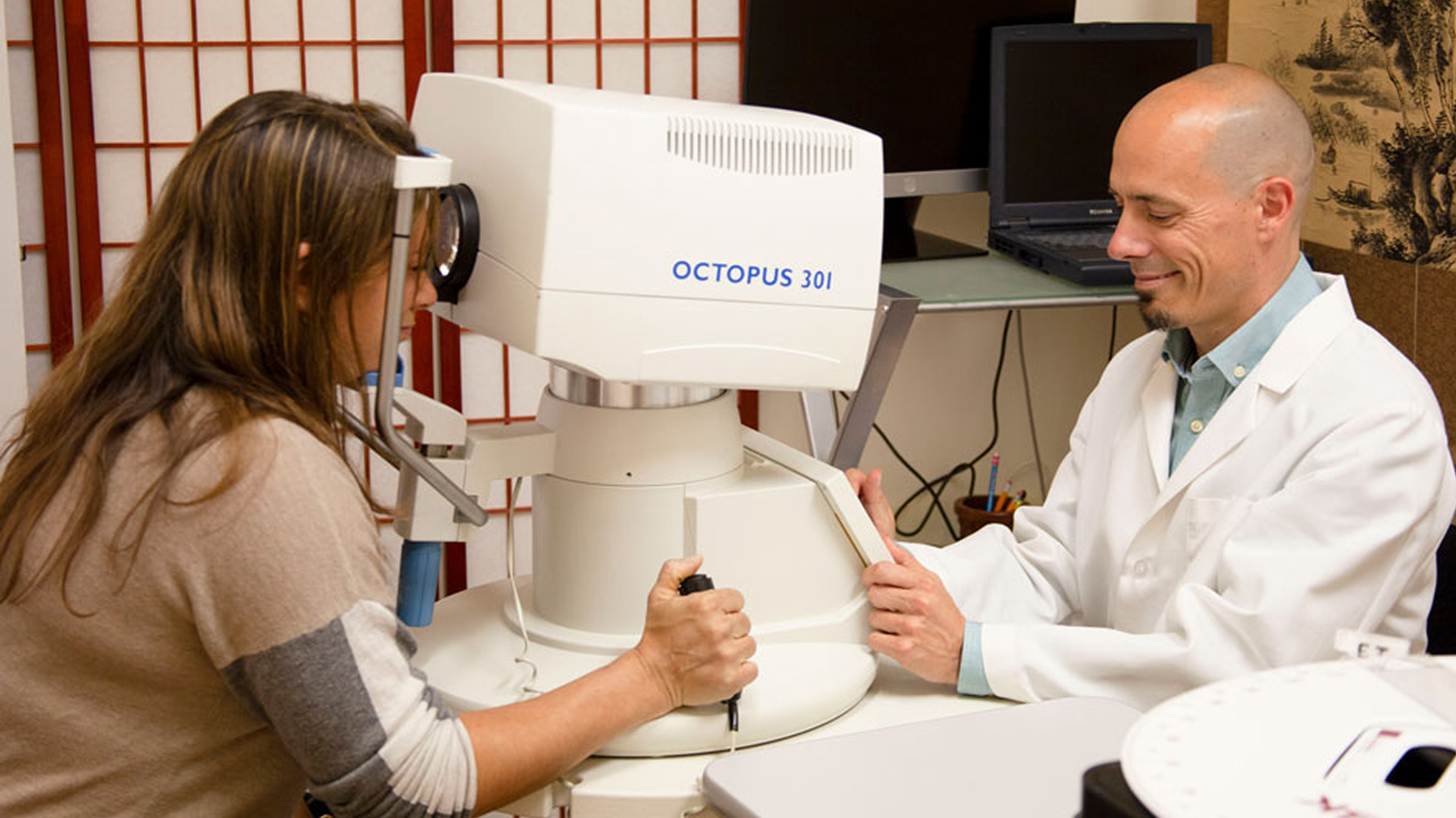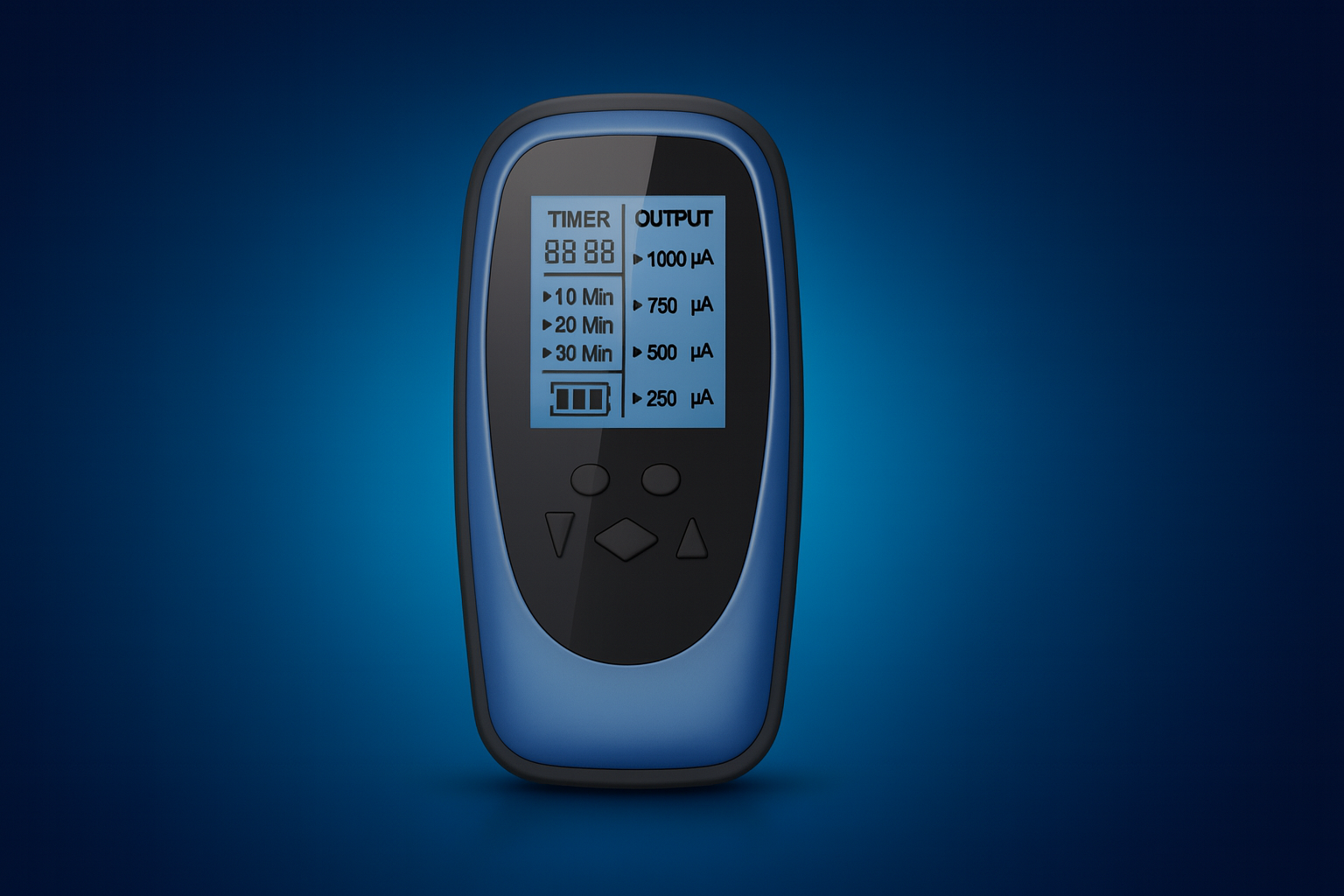Cystoid Macular Edema (CME) in Retinitis Pigmentosa
Being diagnosed with retinitis pigmentosa is already overwhelming. For many patients, an additional complication called cystoid macular edema (CME) can further threaten vision. CME is a swelling in the macula—the central part of the retina responsible for sharp detail and reading. When it develops alongside RP, it can accelerate central vision loss and increase the risk of long-term disability.
In Dr. Rosenfarb’s clinic, CME is one of the most common and frustrating complications RP patients face. The good news is that with the right integrative approach, inflammation and swelling can be managed, and vision can often be stabilized.
What is CME?
Cystoid macular edema occurs when fluid-filled cysts form in the macula. This swelling disrupts central vision, leading to:
- Blurry or distorted sight
- Wavy lines when reading
- Reduced ability to see fine detail
An OCT scan (optical coherence tomography) performed by your retinal specialist will typically confirm CME.
Why Does CME Happen in RP?
In his teaching, Dr. Rosenfarb explains that CME is usually driven by inflammation linked to autoimmune activity. In retinitis pigmentosa, the immune system mistakenly targets retinal cells. This chronic inflammation can weaken blood-retinal barriers, allowing fluid to leak into the macula.
Other contributing factors include:
- Oxidative stress that damages fragile retinal tissue
- Lymphatic congestion and poor detoxification
- Circulatory blockages that reduce oxygen supply to the retina
“Autoimmune causes inflammation, it causes oxidative stress, and it causes hypoxia—reduced blood flow. CME is one of the ways that stress shows up in the macula.” – Dr. Rosenfarb
Conventional Treatment Options
From a conventional ophthalmology perspective, treatment often includes:
- Steroid or anti-VEGF injections to reduce swelling
- Carbonic anhydrase inhibitors (eye drops or oral)
- Observation if vision is relatively stable
While these may provide temporary relief, Dr. Rosenfarb emphasizes that they rarely address the root cause of inflammation and can come with side effects, especially steroids, which may worsen glaucoma or cataracts.
Holistic & Integrative Treatment Approaches
At the Eye Health Institute, CME is treated as part of the bigger picture of RP and autoimmune-driven inflammation. A combination of therapies can make a measurable difference:
Ophthalmic Acupuncture
Acupuncture stimulates circulation, reduces inflammation, and helps regulate immune activity. Dr. Rosenfarb’s micro-acupuncture system is specifically designed for retinal conditions like RP and CME.
Alternating Current Microstimulation (ACS-3000)
Microcurrent therapy helps “wake up” dormant retinal cells and support fluid balance in the macula.
Hyperbaric Oxygen Therapy
Because the retina is the highest oxygen-consuming tissue in the body, hyperbaric oxygen can improve oxygen delivery to stressed cells, reduce swelling, and promote repair.
Nutritional and Herbal Support
- MSM eye drops: Help break down toxic buildup and soften ocular tissue.
- Carotenoids (lutein, zeaxanthin, astaxanthin): Protect against oxidative stress.
- Omega-3 DHA: Essential for repairing and regenerating nerve tissue.
- CBD (Canovision): Reduces inflammation and supports the immune system.
Lifestyle Factors That Influence CME
Dr. Rosenfarb stresses that lifestyle is not optional in managing RP and CME:
- Regular exercise improves circulation and oxygen delivery to the retina.
- Managing stress prevents vasoconstriction and reduced blood flow.
- An alkalizing diet with fewer processed foods lowers systemic inflammation.
- Protecting eyes from blue light and UV exposure reduces oxidative stress.
Related Reading
- Retinitis Pigmentosa Symptoms: Night Blindness, Tunnel Vision, and More
- Natural Treatment Options for Retinitis Pigmentosa
- Best Supplements for Retinitis Pigmentosa
Taking the Next Step
If you’re living with RP and CME, know this: you are not powerless. While conventional medicine may say “there’s nothing to be done,” Dr. Rosenfarb has worked with thousands of patients worldwide to reduce inflammation, stabilize vision, and in some cases regain function.
Your next step may be to:
- Explore our Telehealth Vision Recovery Program
- Apply for an In-Office Intensive
- Learn about safe, effective supplements and eye drops
Your vision is worth fighting for. CME doesn’t have to mean inevitable vision loss.
Treatment Solutions for
Choose the treatment approach that fits your life
Whether you prefer hands-on care, convenient telehealth visits, or self-guided learning, we have multiple ways to help you manage .

In-Office 2 Weeks to Better Vision
Combining acupuncture, laser therapy & diagnostics at Dr. Rosenfarb's office in New Jersey. 90% of patients see measurable vision improvements.
Learn more
One-on-One Telehealth Sessions
One-on-one virtual sessions with Dr. Rosenfarb. Get personalized assessment and custom treatment plan from home.
Learn more
At-Home 12-Week AcuVision Program
Dr. Rosenfarb's 12-week step-by-step system. Live Q&A, guided exercises, and comprehensive approach to vision recovery.
Learn more
Alternating Current Micro Stimulation (ACS)
At-home micro stimulation system developed by Dr. Rosenfarb. Clinically proven at-home therapy to reactivate dormant eye cells.
Get ACS-3000
Eye Health Supplements
Scientifically-formulated supplements chosen by Dr. Rosenfarb to nourish your eyes and support healthy vision recovery.
Get supplements
